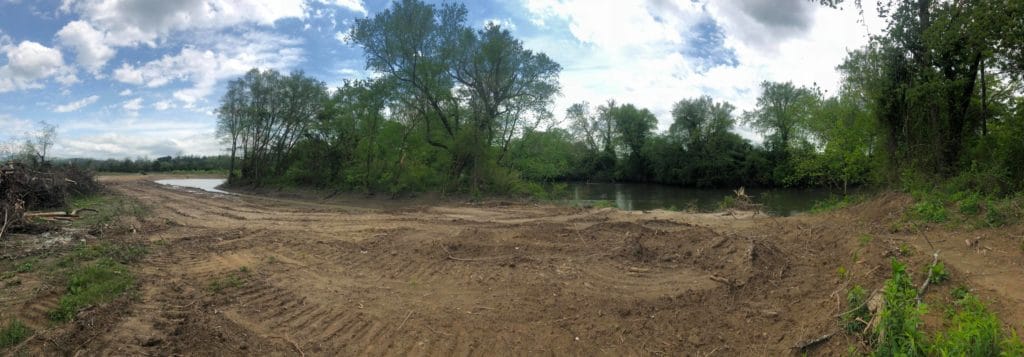Mud Creek Floodplain Restoration is Underway!
Floodplain restoration will bring important wildlife habitat back to the French Broad River watershed.
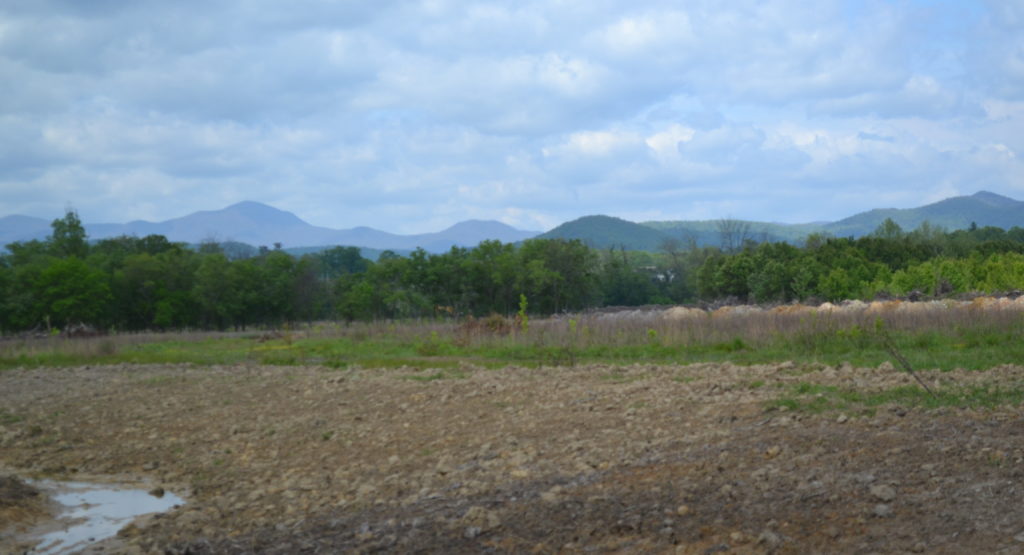
Construction is underway along the French Broad River in Fletcher, NC but instead of destroying natural areas, we’re actually re-creating them! Conserving Carolina is a key partner in an ambitious restoration project that will bring back a natural floodplain at the mouth of Mud Creek. This project serves to create important habitat for wildlife, including breeding sites for muskie, protected wetlands, a large pollinator meadow, and a forested buffer along the river.
According to the U.S. Fish and Wildlife Service, muskie are solitary, stealthy predators related to the northern pike. These fish are native to the French Broad River, but they are struggling to thrive and reproduce in the wild—in part because of the loss of natural habitat in the river’s floodplain. Conserving Carolina and our partners hope to create the first successful man-made muskie spawning habitat in the southeast.

In the mid-20th century, pollution had wiped out muskie in the French Broad. Now, the river is clean enough to support the species, which have since been reintroduced. But, nearly all of the fish are continually stocked and begin their lives in a hatchery, not the river, as biologist Scott Loftis explains in this 2019 article, “What the River Wants.”
Muskies are an important recreational fish species. They have been coined “the fish of 10,000 casts” for good reason. Muskie are at the top of the food chain, boasting rows of razor-sharp teeth and an anatomy built to swim upwards of 30 miles per hour. They have been known to prey on ducklings, mice, muskrats, snakes, and other small to large freshwater fish. The elusive and hard-to-catch muskie maintains balance in the food chain and for the determined angler, it is exactly what makes the species so exciting.
The Story So Far
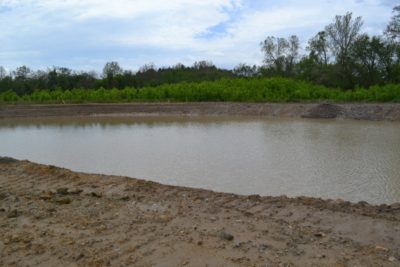
Muskie require slackwater areas in order to spawn. Since so few slackwater areas exist along the river today, we’ve built three man-made sloughs, or shallow pools connected to the river, where muskie can reproduce. The sloughs are larger than your average swimming pool (though not as deep) and provide the calm, slow-moving water muskie need to lay eggs.
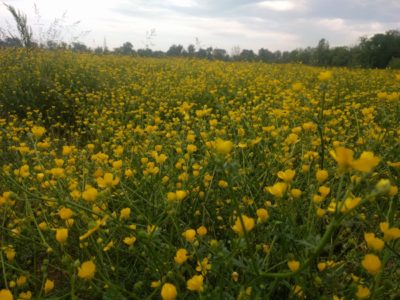
Greg Jennings of Jennings Environmental even said, “This might be the largest man-made slough in the country!”
To date, we’ve also accomplished widespread non-native invasive species removal, including the eradication of Bradford pear trees. In their place, we have added a variety of native tree and shrub plantings along both Mud Creek and the French Broad. This will help secure sediment and reduce erosion along the river.
The plan also incorporates ephemeral, or short-lived wetlands that temporarily hold water in the spring and summer months. Snowmelt and spring rains will fill these sites, providing breeding habitat for many amphibians and aquatic insects whose larvae serve as an important food source for migrating birds.
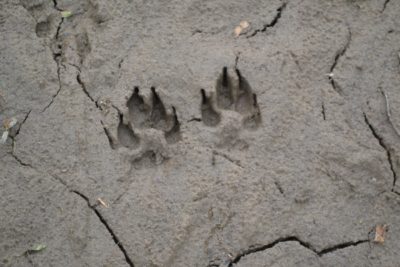
These wetlands will support rare amphibian and reptile populations and are projected to produce hundreds of frogs, toads, and salamanders that will sustain critical links in the food chain. The project as a whole combines so many different aspects of wildlife conservation! Turtles, frogs, pollinators, birds, deer, coyote, raccoon, and muskie will all benefit once the project is complete.
By paving the way for muskie sloughs, Conserving Carolina and its many partners hope to see muskie thriving naturally again in the French Broad and hope the project can serve as an example for future floodplain restoration across the country. The earth moving portion of the project is expected to be completed by the end of June 2020 and the planting of over 20,000 native wetland shrubs and trees are on the way!

The Mud Creek Floodplain Restoration Project is funded and made possible with the help of many partners, including the U.S. Fish and Wildlife Service, N.C. Wildlife Resources Commission, National Fish and Wildlife Foundation, N.C. Clean Water Management Trust Fund, N.C. Department of Environmental and Natural Resources, and the N.C. Natural Resources Conservation Service.
Written by AmeriCorps Communications and Education Associate Rachel Hess.
